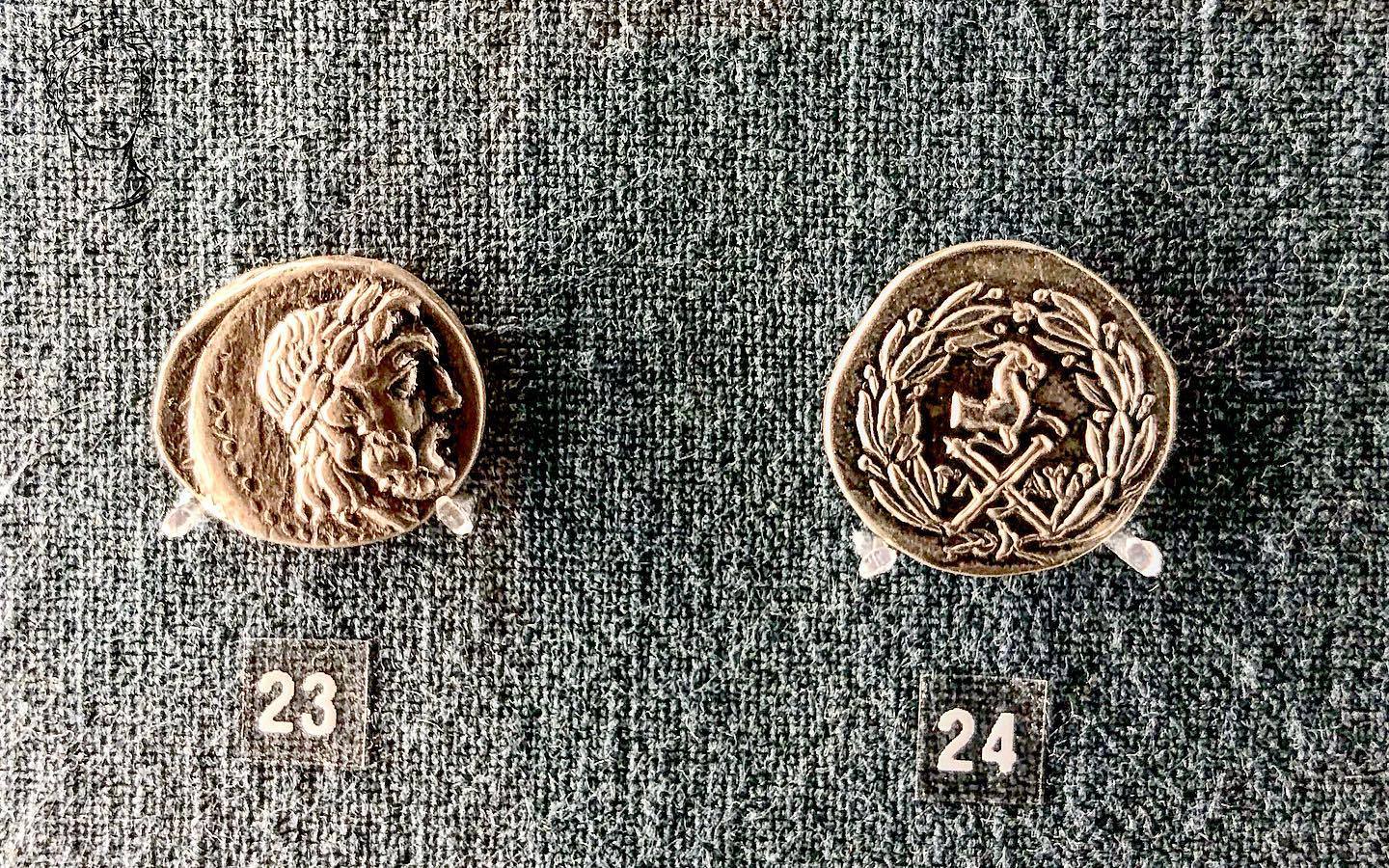Enough with the theory. The first two parts of this series have already provided a first framework in which the central theme of this series – i.e. the use of mythology for political purposes – can be applied. So it is high time to see kinship diplomacy in action. For the first example turning our attention to the coast of Asia Minor. In 1890 a large amount of inscriptions was found by a German team of archaeologists in the ruins of the Ionian city of Magnesia on the Meander.
Elke Close
In 208 BC. the city wanted to have the local festival for Artemis Leukophryene (or Artemis with the white eyebrows) upgraded to a Panhellenic festival. An earlier attempt in 221 B.C. to do so, had been unsuccessful and fifteen years later the time was ripe to try again. In order to gain recognition for their festival, so-called theorodoi were sent to all corners of the Greek-speaking world. These messengers were often sent out during the organization of Panhellenic games often sent out to advertise, ask for recognition for the festival and to affirm the asylia or inviolability of a territory. In each city, the Magnesian envoys pleaded their case and kept track of the reactions. More than sixty decrees and letters, coming from both Greek poleis and Hellenistic kings, have been preserved, and were engraved on stelai on the walls of the agora.
It is mainly these texts that are of interest to us. One glance at the collection clearly shows that a kinship claim with a particular city is one of the instruments which the Magnesian envoys fell back on to make their argument. In no less than twelve of the preserved responses, some sort of reference is made to a kinship between Magnesia and the city they were appealing to. For example, in one of the decrees, most likely drawn up by Mytilene or Eresus, the following vague reference can be read read: “the ambassadors of Magnesia invite our people, as friends and relatives, to participate
participate in the sacrifice and the festival.’ (I. Magn. 52 16-19.).
The kinship between Magnesia and the cities, however, was not in all cases so vague. Another example comes from the decree of Same, a city on the island of Kefalonia. In it it is stated that the visitors had explained that there was ‘a kinship exists between the inhabitants of Magnesia and Kefalonia on the basis of the kinship between Magnes and Kephalos, the son of Deion.’ (I. Magn. 35 14-16.) These two were the founders of the cities and respectively the son and grandson of Aeolos, the god of the winds.
The fact that this link between the two cities, based on a mythological figure such as Aeolos, is explicitly mentioned
in the decree of Same, makes it very clear that both cities fully accepted this connection. The inhabitants of Same thus saw no merit in recognizing the involiability of Magnesia and participate in the festival. After all, they were related by their common ancestor and so this was only a logical consequence. The choice for Aeolos might seem a little obscure, for there were better and more famous figures available, yet his lesser known status made it easier for the Greek poleis such as Magnesia and Same to create their own unique and local identity in a political landscape. This was a political landscape in which the individual Greek city had to increasingly give way to larger players such as Rome, the Hellenistic kingdoms and federal states. In order to build and highlight their local identity and to highlight it, these these cities eagerly used all the means of all the resources at their disposal. The example of Magnesia on the Meander makes it very clear to us that mythological kinship – no matter how far this connection had to sometimes be sought – was an intrinsic instrument to achieve this goal. An instrument which, by the way had always been used as a valid argument, regardless by whom, where or when. But more about that next time.
Further reading:
Erksine, A. ‘O Brother Where are thou? Tales of Kinship and Diplomacy’, Ogden, D., ed., The Hellenistic World: New Perspectives, 2002, pp. 97-115.
Hammerschmied, K., ‘The Panhellenic Festival of Artemis Leukophryene in Magnesia-On-The-Meander. A Spatial Analysis of a Hellenistic Procession’, Luig, U. (Ed), Approaching the Sacred. Pilgrimage in Historical and Intercultural Perspective, 91-127.
Patterson, L. E., Kinship Myth in Ancient Greece, 2010.
Rigsby, K. J. Asylia Territorial Inviolability in the Hellenistic World, 1997.
Image: The pediment of the temple of Artemis Leukophryene in Magnesia ad Maeandrum by Carole Raddato
This is already the third post in a series of twelve which dives into the ways in which the ancient Greeks used their mythological past as a diplomatic tool in their relationships with others. This series is written in collaboration with Hippocrene – een Mythologisch Genootschap; where you can find a Dutch version of the post every month. Hippocrene a young association committed to bringing together academics, artists and interested parties to learn about mythology. Follow them on Facebook to keep up with their activities!





